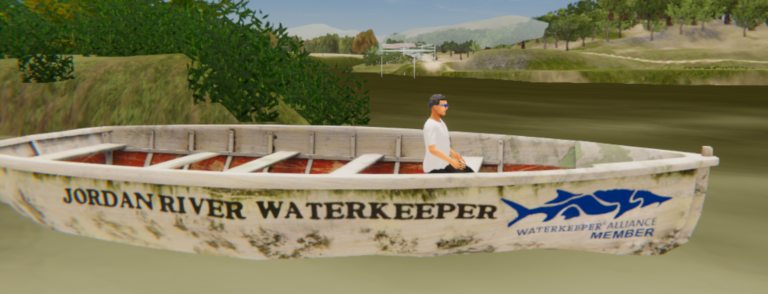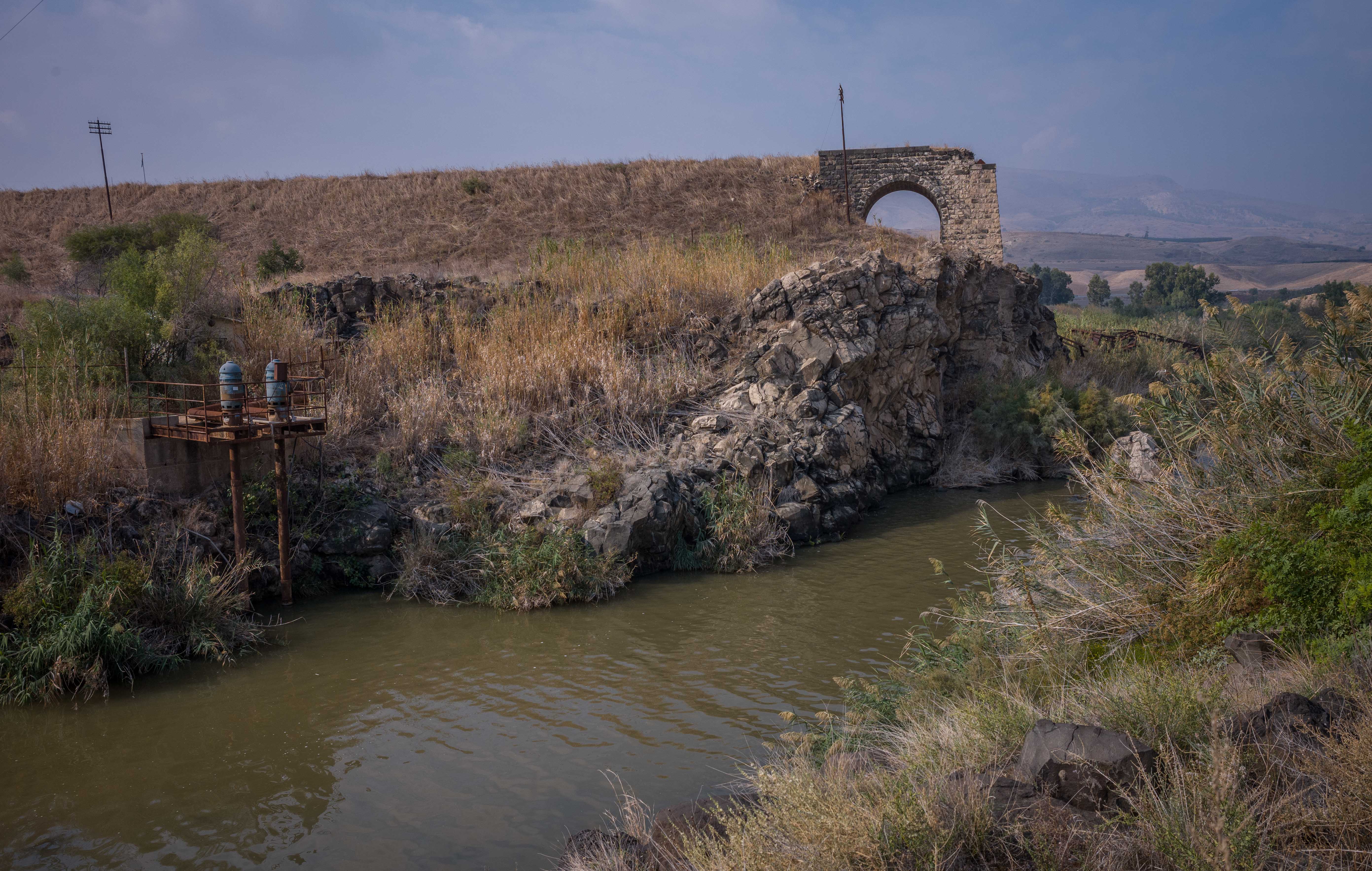Jordan River Waterkeeper Takes to the Virtual World
By: Jordan River Waterkeeper

By Gidon Bromberg, the Jordan River Waterkeeper – Israel, and Co-founder and 25-year Israeli Director of EcoPeace Middle East
Having a boat to navigate, patrol, and protect the water body you are responsible for is a fundamental part of being a Waterkeeper. But for the three Jordan River Waterkeeper organizations housed under EcoPeace Middle East—one each in Israel, Jordan, and Palestine—a boat in the iconic Jordan River, south of the Sea of Galilee, was just a dream. Until now.

Due to conflict and competition over scarce water, the river has seen 95 percent of its waters diverted, leaving no water for a boat to maneuver and, with mines and military fences, little access to the river itself. This is why EcoPeace recently turned to virtual reality and gaming technology to recreate key sights along the Jordan River, educate the public on the cost of the demise of the river, and inspire joint action towards its rehabilitation.
Over the past six months, EcoPeace and a team of dedicated architects and students from the Yale School of Architecture, Israel’s Bezalel Academy, and individual Palestinian and Jordanian architects selected the site of the historic Jordan River bridges as the first to be developed. The bridge’s site is the historic crossing point of the River Jordan where a 2,000-year-old Roman bridge still crosses the river, together with an Ottoman railway bridge and a British Mandate road bridge, and a Mumaluk period rest-house.

Integrating a unique combination of precise architecture and landscape design, a virtual park has been developed enabling the organization’s target audience of Palestinian, Jordanian, and Israeli stakeholders to visit the site as avatars and cross borders virtually, in a location where real-world access is limited. Today, in the virtual world created by EcoPeace, the Jordan River Waterkeeper groups can now maneuver in our virtual boat to learn about the mightiness of the Jordan from the past, its present state of demise, and possibilities of a better future for the river through rehabilitation and cooperation.